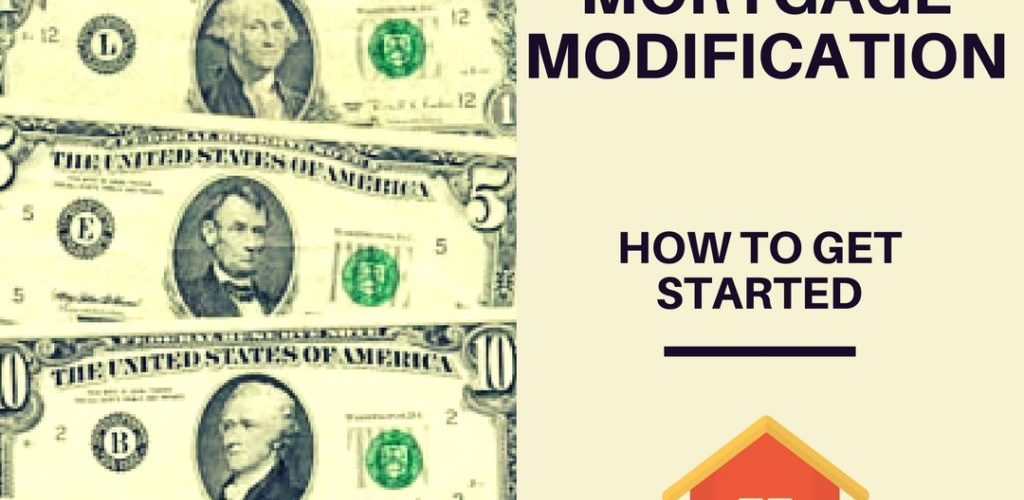Tough times fall on just about everyone at one time or another, and many of us are just scrambling to make ends meet. Picking up an extra part-time job or sacrificing the little luxuries in life may be a couple of ways to make your paychecks stretch. What happens when you fall too far behind, though?
The threat of losing a home is an intensely frightening experience. Thankfully there are some solutions that can help you keep your home, and save your credit.
Contents
What is a Mortgage Modification?
If an individual falls behind on their mortgage payment due to certain financial hardships, they may be able to put a stop to a foreclosure. A mortgage modification is a change made to an original mortgage agreement which makes it easier for the borrower to make the payments.
This is a much easier and less expensive option for the lender. Many lenders would rather work with you than follow through with costly foreclosure proceedings. Essentially it is a win-win situation for everyone; they get their money, and you get to keep your home.
What Steps Should I Take to Get a Mortgage Modification?
Although it may not be easy, trying to get a mortgage modification is worth a shot. There will be a mountain of paperwork that you will need to fill out and sort through. Considering a non-profit debt counseling service to help sort out your financial situation is an option. An attorney who specializes in loan modification is also an option, but if you simply do not have the extra money, it is not necessary.
– Do Not Hide From Your Lenders
The first thing to remember when considering a mortgage modification is not to hide from your lender if you are behind. At the beginning of a financial hardship, contact them before they contact you, and set up a meeting to discuss your options. This shows them that you are not trying to skip out on your financial obligations. It shows that you want to pay, and you are willing to work with them.
– Organize Your Finances
Since the lender will want to know if you can afford the changes to your mortgage, get all of your financial records from the past year or more in order. Include proof of income or unemployment awards, along with bank statements. Some lenders may require a more depth look into your financial situation, and they may want to see things such as your past tax statements.
Prepare a monthly budget of the money coming into your household (wages, child or spousal support, unemployment) and the money going out of the household (bills, loan payments, food, transportation.) Include any budget cuts that you have made, or that you can make. Above all, make sure that your lender knows that you can make the new proposed payments.
– Writing Your Hardship Letter
Although many financial institutions are different, one of the most important steps is the hardship letter. This allows you to explain your financial situation, and why you have fallen behind. A valid reason is necessary for them to consider you for a mortgage modification.
Acceptable reasons include the loss of your job, divorce, business failure, military service, medical emergencies, and a death in the family. Another valid reason for considering this option is if your adjustable interest rate was considerably raised recently.
Your hardship letter should be kept to one to two pages maximum. Always include details, such as your account number, payment amount, payment status, and the number of months you are behind or if you’re going to fall behind. Be sure to keep this letter emotionally neutral, and come across as calm and serious. This may be extremely hard to do, but it is very important. Coming across as angry or depressed can hurt your chances of even being considered for a mortgage modification.



